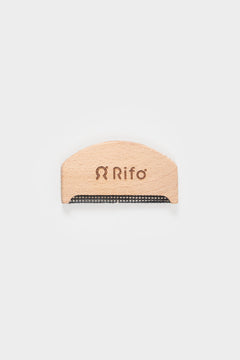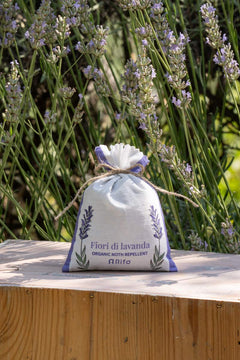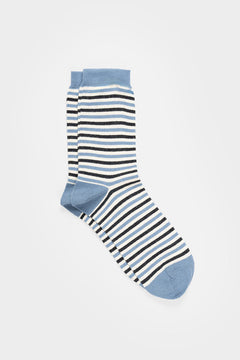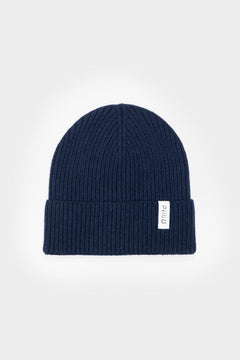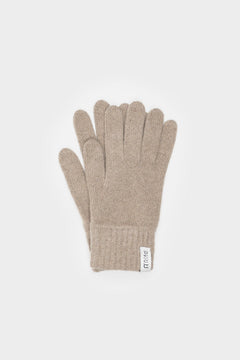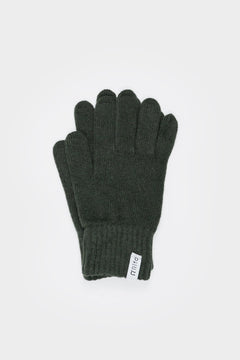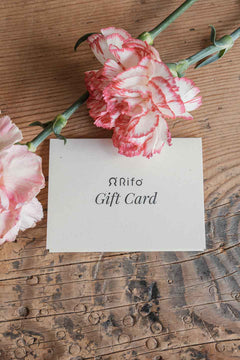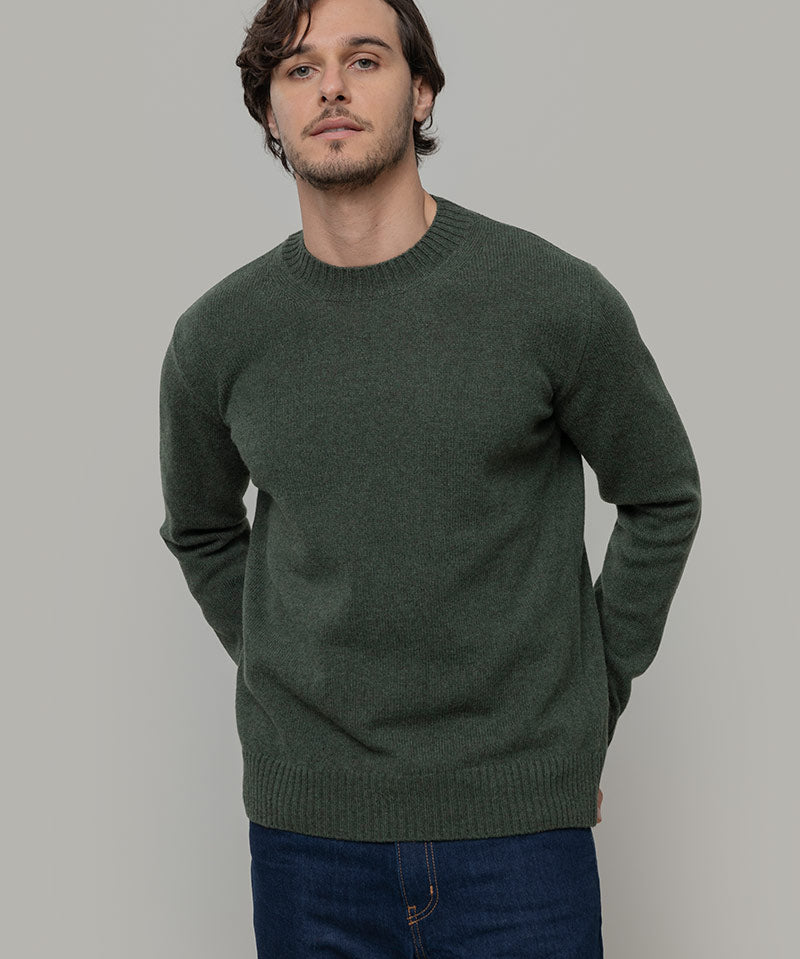Qu’est-ce qui nous attire tant dans les anciennes usines, les espaces industriels abandonnés ou reconvertis ?
Leur charme évident, l’histoire industrielle qui les a traversés et la régénération urbaine qu’ils peuvent incarner.
Dans cet article de blog, nous souhaitons parler de l’archéologie industrielle liée au secteur textile de notre ville, Prato, qui, dans le panorama toscan, a fortement contribué à la création d’usines et d’ateliers au XIXe siècle jusqu’au miraculé essor économique de l’après-guerre.
Il s’agit de lieux abandonnés, régénérés ou toujours en activité, où sont nées des professions et où sont conservées les traces d’un passé industriel, souvent étonnant par l’ingéniosité et la capacité à optimiser les ressources disponibles.
Par ailleurs, c’est précisément dans la région de Prato qu’en 1975, pour la première fois en Italie, fut lancée la catalogation des artefacts d’Archéologie Industrielle, témoignant de l’importance que cette zone a toujours accordée à son patrimoine industriel historique.
Naissance de l’usine et développement de la ville
Notre voyage peut commencer justement depuis nos bureaux. Aux abords de la Piazza Ciardi, en effet, fut édifié dans les années 1920 le complexe industriel du lanificio Calamai. Conçu par les architectes Poggi et Gaudenzi, le projet atteignit en 1927 une superficie de 28 000 m², dont 22 500 couverts. Autour de l’usine, un nouveau tissu urbain et tout un quartier ouvrier se développèrent, incluant Piazza Ciardi.
Mais ce qui surprend le plus, ce n’est pas seulement l’ampleur du projet, qui a fait naître un nouveau quartier industriel en même temps. Ce qui nous a le plus impressionnés, c’est la présence d’une voie ferrée qui, partant de la gare voisine de Prato Porta al Serraglio, arrivait directement dans un secteur de l’usine, aujourd’hui démolie.

Ce lien se justifiait par une question pratique : transporter directement à l’intérieur de l’usine les chiffons et déchets textiles arrivant par train et destinés à Prato depuis le monde entier pour y être recyclés. Cela témoigne du rôle central que jouait déjà l’usine et le recyclage textile dans l’économie locale.

Cette carte topographique datant de 1918 montre, en points rouges, les 134 ateliers lainiers présents alors sur le territoire. Nombre d’entre eux étaient concentrés autour de la gare de Porta al Serraglio, utilisée comme terminus de marchandises.

Le projet de cartographie de l’archéologie industrielle à Prato
L’histoire des usines de Prato est liée non seulement au tissu urbain mais aussi à la zone montagneuse qui surplombe la ville, où de nombreuses activités ont vu le jour depuis la fin du XIXe siècle, souvent initiées par des entrepreneurs venus d’autres régions, comme la Peyron Nord, fondée en 1896 par l’industriel piémontais Angelo Peyron.

Pourquoi l’Apennin pratese ? Principalement pour sa proximité avec la rivière Bisenzio, où l’eau signifiait abondance d’énergie. Beaucoup de filatures sont en effet nées de la reconversion d'anciens moulins de montagne. L'eau était également nécessaire au fonctionnement des stracciatrici, machines transformant les vieux chiffons en une nouvelle laine mécanique.

Pour découvrir les traces des lieux d’archéologie industrielle dans toute la zone de Prato, y compris dans l’Apennin pratese, nous signalons le projet de TAI, Tuscan Art Industry, Industrial Heritage Map, une carte numérique créée par l’association culturelle Studio Corte 17, qui classe l’état des lieux industriels existants en Ruine, Abandon, Sous‑utilisation, Réutilisation, Régénération, En activité.
En croisant les données, voici une représentation de l’état actuel des bâtiments post‑industriels à Prato :
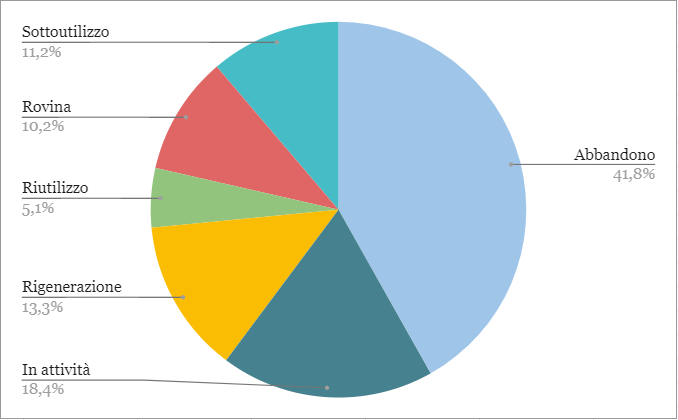
Sur 155 bâtiments catalogués, 64 sont en état d’abandon, soit 41 %, tandis que 10 % sont des ruines, pratiquement irrécupérables.
Archéologie industrielle, régénérer le tissu urbain
S’il y a une leçon à tirer de l’archéologie industrielle, c’est que l’économie et l’urbanisation font partie du même système et se développent l’un grâce à l’autre, transformant le visage des villes.
À une époque où économie circulaire, recyclage et régénération sont les maîtres mots du développement économique, les lieux où ces traditions sont nées pourraient être davantage valorisés.

Nous sommes convaincus qu’on peut encore faire beaucoup pour transformer ces bâtiments, jadis acteurs économiques majeurs, et leur donner un nouveau rôle dans la société. “Régénérer” leurs histoires. Comme on recycle un vieux chiffon.
Souhaitez‑vous visiter les sites d’archéologie industrielle de Prato ? Dites-le nous en commentaires, car nous envisageons d’organiser une visite !
Découvrez Rifò et la ligne de vêtements née du patrimoine textile de Prato, visitez notre boutique!

